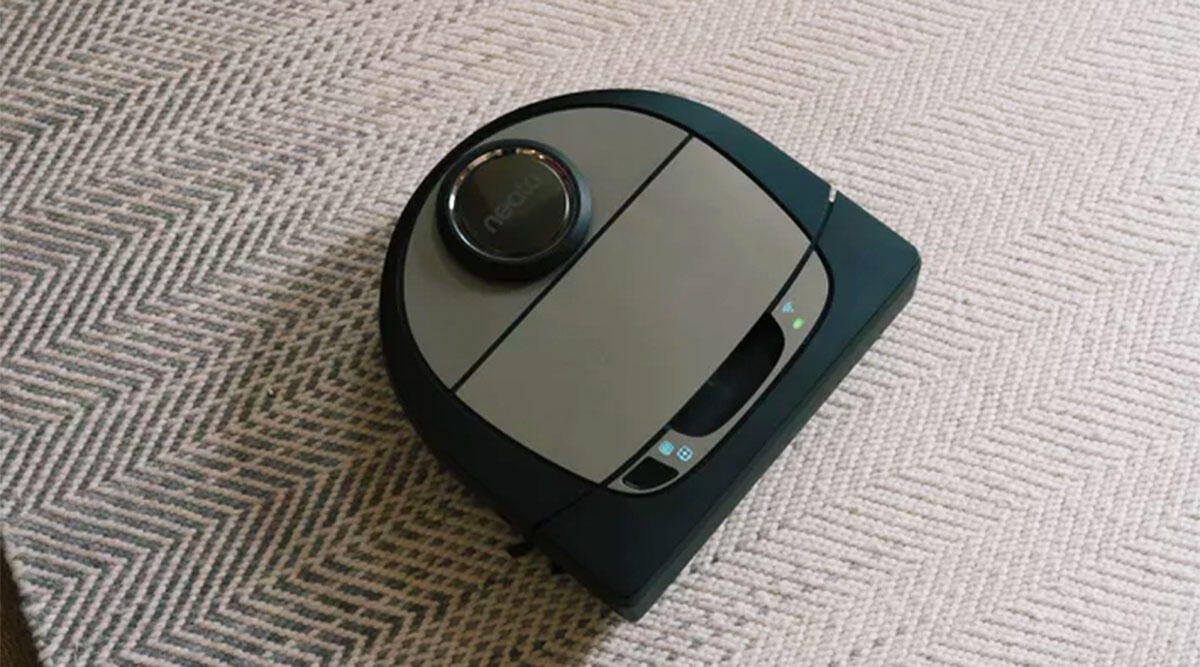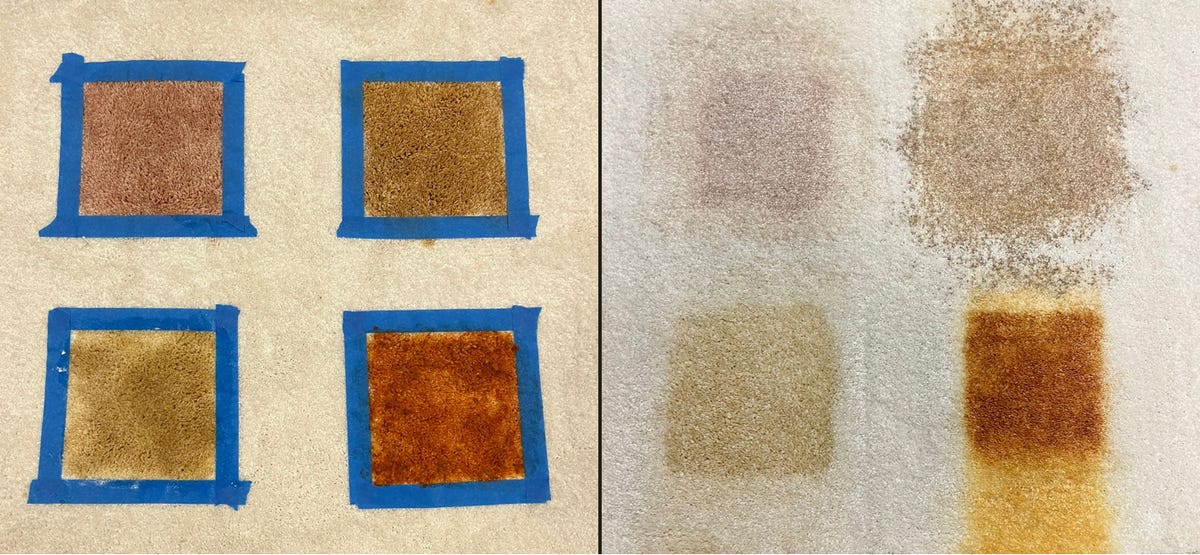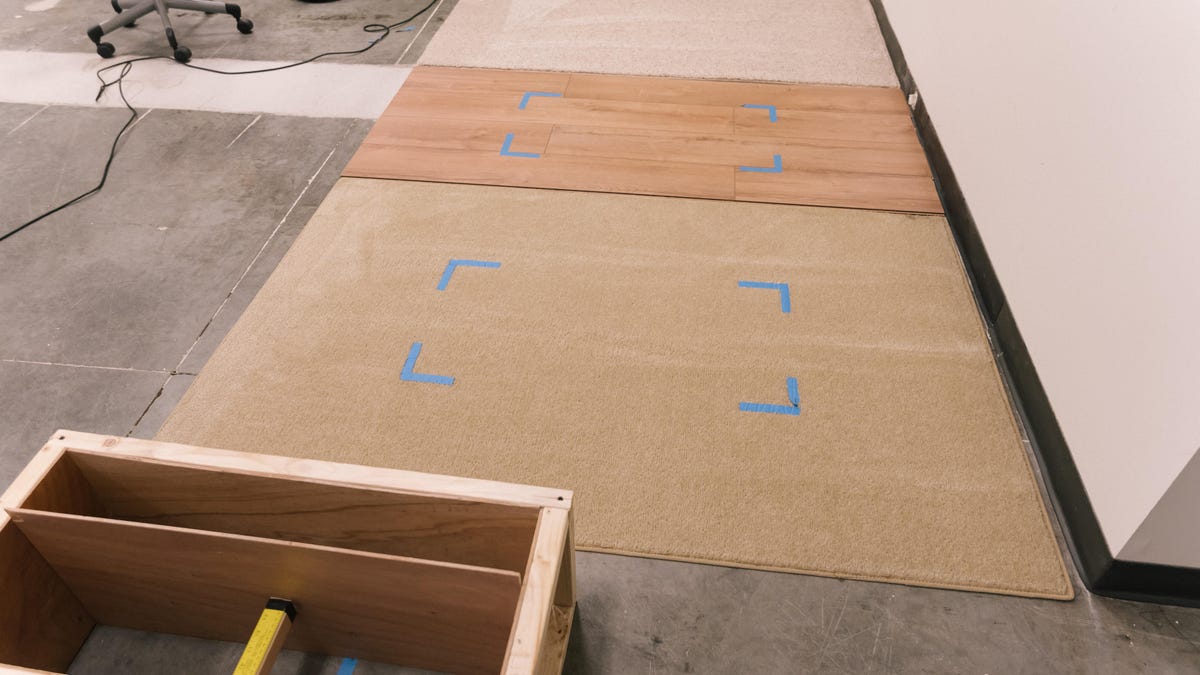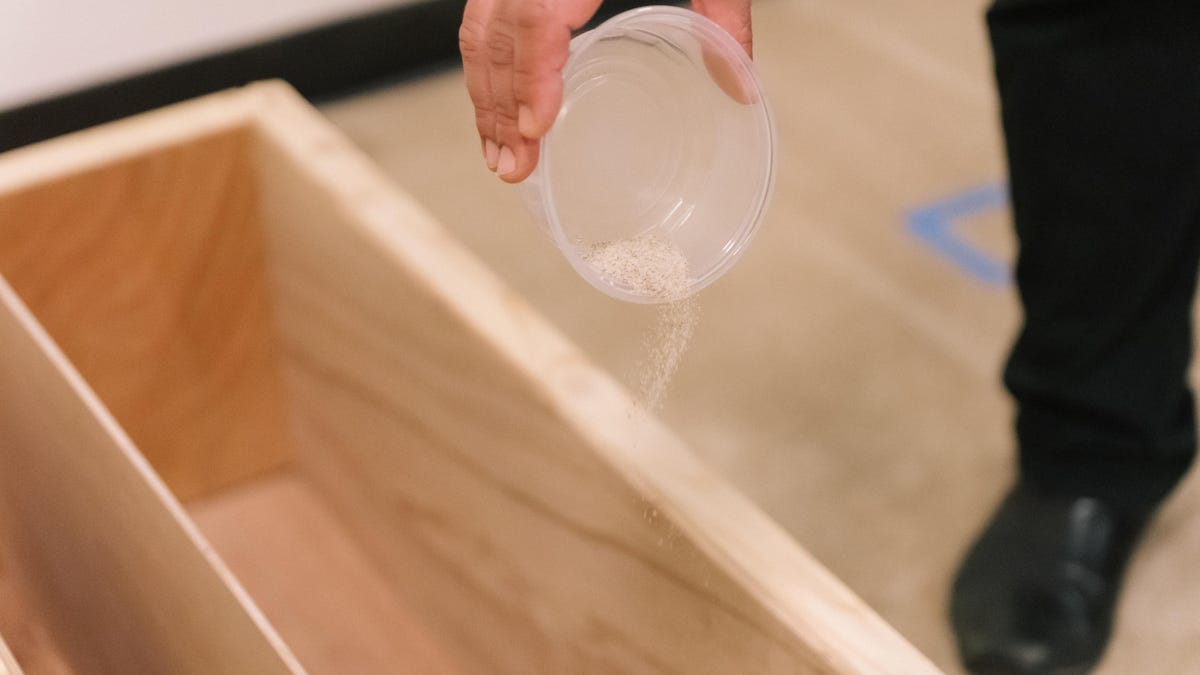What is the best cheap vacuum?
Cleaning the flooring in your home is not generally considered a fun task, and it gets worse when the products needed to get the job done are expensive. Not to fear — we’ve tested a wide range of robot vacuums and cordless stick vacs at every price and have recommendations for models that will get your floors in tip-top shape without burning through your wallet. Topping our list of the best cheap vacuums is the Tineco A11 stick vac. This high-performance cordless vacuum is the cheapest model on our list of best vacuums, so it’s only natural for it to appear atop our list of budget-friendly vacuum cleaners.
However, there are more than just stick vacs that help clean your floors. If you prefer something a bit more hands-off, then you’ll want one of the best robot vacs for cheap. In that category, we chose the Eufy RoboVac 25C, which can be had for as low as $150 when you find it on sale. This helpful robot is another one that makes its way onto our overall best vacuum list and impressed us with consistent and thorough cleaning across many floor types. But we have even more picks for cheap vacs for every type of budget-conscious homemaker, and we’ll continue to update this list as new contenders pass through our testing facility.
Best cheap vacuum cleaners for 2024
Factors to consider when buying a vacuum cleaner
Vacuum type: Robot vs. cordless stick

Robot vacs have gotten far more affordable.
Considering you’re looking at a list of the best cheap vacuum cleaners, this factor is likely very important to you. (And it’s something that is or should be considered, regardless of what you’re purchasing.) Nobody likes to waste their money, and getting the best bang for your buck is essential when you’re on a tight budget. What a good vacuum cleaner can do is save you time. By picking the correct tool for the job and getting one great at its purpose, you’ll spend less time cleaning and more time doing what you enjoy.
Generally speaking, a robot vacuum will typically cost you more money than a stick vac. This is largely due to the additional sensors and technologies within the robot in order for it to operate properly. However, if your home is set up to handle a great robot vacuum just as well as a stick vac and the price is similar, then the question turns to: Which will save you more time?
Here is where value comes into play. Something might cost you more, but providing the intangible things offsets the additional cost. So, at the same (or similar) prices, a robot vacuum can relieve you of the duty of physically sweeping your floors.
Floor type

We test vacuums on hardwood floors and carpet alike.
How we test robot vacuums
Our method for evaluating robot vacuums is straightforward, yet grueling. There are two types of tests we run. The first trial is to figure out how well a robot covers the floor while it’s cleaning. We built an industry-standard testing room as specified by the International Electrotechnical Commission just for this purpose. The IEC is an international standards body responsible for managing robot vacuum testing procedures, among other things, for vacuum manufacturers.

We test robot vacuums on three types of floor surfaces.
We control for the specific nozzle width of each vacuum, too. We constructed an adjustable tool to soil our test floors. It lets us lay down a strip of a precise area of soil to match the nozzle dimensions for every robot. The mass of soil isn’t chosen at random either. We measure a proportional amount that’s related to the flooring material, type of debris, plus each vacuum’s nozzle width.

We test for cleaning prowess for small particles (sand) and larger particles (black rice).
Our rice-based, medium-size particle test didn’t show enough differentiation between each cleaner, which says they can all handle larger particles without trouble. For fur removal for pet owners, we judged anecdotally.
How we test cordless vacuums
Putting cordless vacuums through their paces isn’t as complicated as testing a robot vacuum cleaner, but it still takes lots of time and careful effort to find the best cordless vacuum. We run each vacuum in a straight line across three different surfaces (hardwood, low-pile carpet, midpile carpet). On all three test beds, the test area is the same length (30.25 inches).
Suction power for robot vacuums and stick vacs is calculated differently, making it challenging to compare head-to-head. However, you can use each type of measuring method to help inform you how much suction each style of cleaning tool offers. Robot vacuums use units of pascal or “Pa” to indicate the suction power for these devices, with the average being between 25010 and 3000 Pa.
For stick vacs, the standard unit of measurement is air watts, or “AW,” to give consumers an idea of the vacuum’s suction power. AW combines water lift and airflow methodologies and is recognized by the American Society of Testing and Materials.

